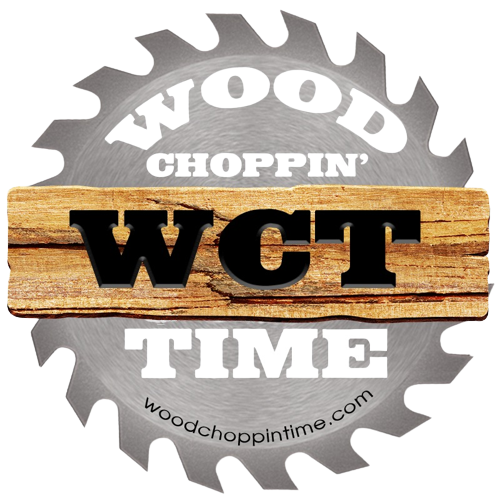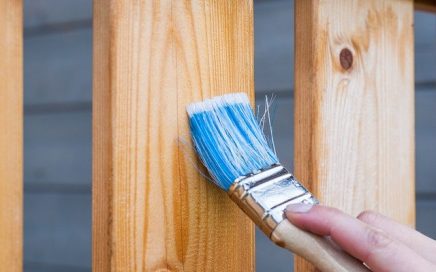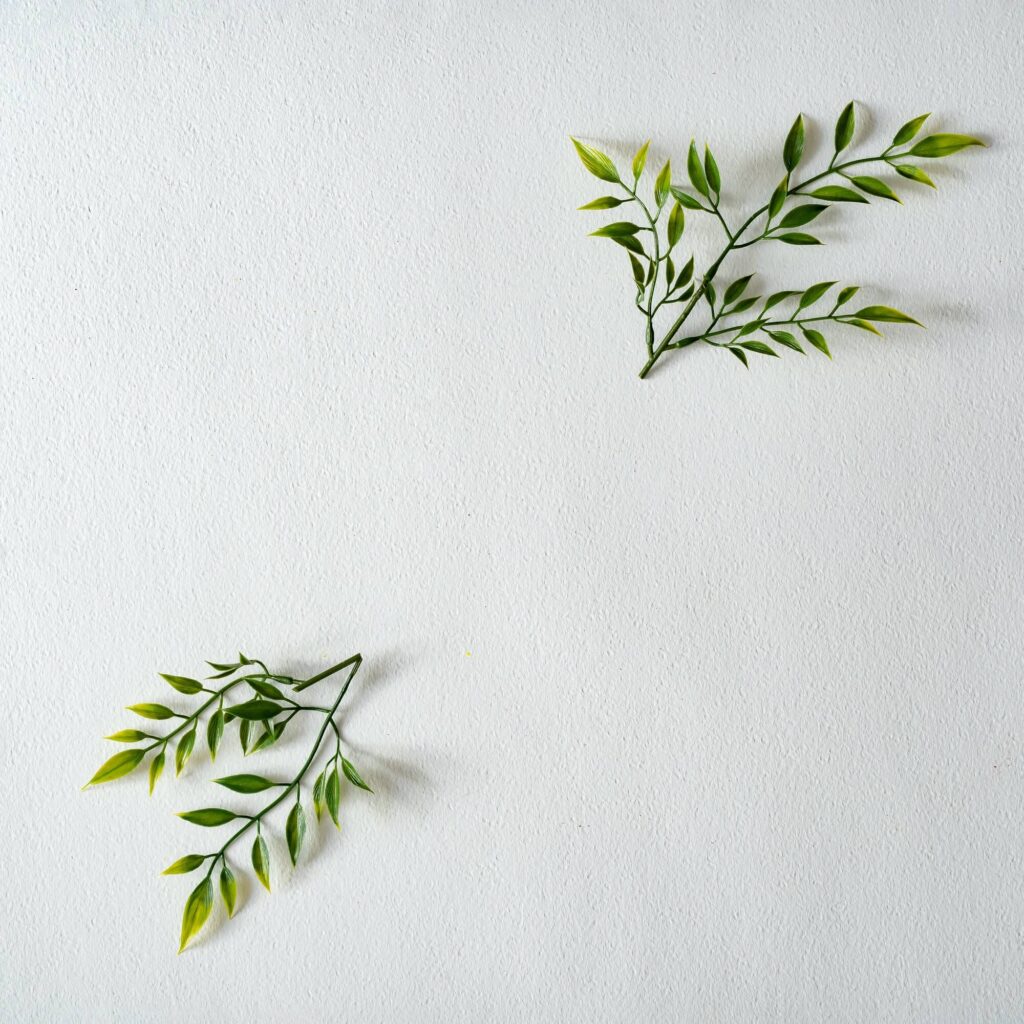By
David Shepherd
Most all of us that has made the trip to the local hardware store to get the supplies we think we need to try and breathe some new life into that tired piece of furniture, or the kitchen cabinets. In most cases, it is always a dreaded job. All the sanding, stripping, mixing, and measuring. Not to mention standing in the local big box store trying our best to look like we know exactly what we are looking for without having to ask the poor employee from plumbing to lend a hand. There is a better way.
Over the years I have picked up on many handy tricks or short cuts that allow me to accomplish the look I desire using water-based products like the ones we manufacture here at The CrystaLac Company. Even in situations where there is already an existing finish. Whether it is shellac, oil, solvent-based products you can still use a water-based product or products for a fresh look.
One of my first hurdles in learning to finish or re-finish was to learn the terminology. The words I was encountering to describe the different techniques and even products were much different than Mr. Wheelers 3rd period shop class back in high school. Some similarities but for the most part different. Two different woodworkers. One is 35 years old and has a backorder of woodworking projects six months long because their work is in high demand. The other 65 years old and loves making toys for their Grandchildren. Both are great woodworkers and accomplishing their craft by the same means. Put them together and they may use the same terminology to describe the same tools, wood products, and processes. Dealing more with derivation than meaning. Then comes the time to finish their projects. In this situation the likelihood of the two woodworkers having totally different terminology to describe a product or process is high. For the two communicating with precision on subjects like toning and shading can almost be a hopeless task. Even though the outcomes if not the same very similar. With this all in mind, I will attempt to pass on knowledge as I know it.
What is a toner and what is its purpose? What is a shading stain?
A toner can be made up from either dyes or from pigmented (my personal favorite) colorants, or a combination. A dye toner is used for color and transparency. A dye stain can also be a toner. Pigmented toners are the most used toners because there are no white dyes to lighten the wood color. Pigmented toners are used because they have a better selection of colors, and can be made translucent, or as an opaque toner. Most toners are used to completely change the color, shift the color, or blend the colors in the woods. Toners may be transparent, translucent, or opaque. They may be made up using a combination of both types of colorants. Once the woods are toned, they then can be stained, wood or grain and pore filled, glazed, and a shading stain can be used to add more color to the finish.
A shading stain can be made up of dyes or pigmented colorants, or they can be combined. A shading stain is a color added to a clear coat. It is used to add color and coating in each application until the desired color is achieved, and then the clear coatings take over until the finish is completed. This is commonly called a shading stain finish. Shading stains are also used at the end of a finish to add more color, to kick the color over, or to blend and uniform the color of a finish. Stains are liquid colorants that may be made up of dyes, pigmented colorants, or a combination of both, added into the proper dispersion agent to make up a stain.
Water-based pigmented stains
Samples. Get it right before you start. It’s true that sometimes you need to refine and adjust. That’s why factory finishes use toners, stains, glazes, shading stains, and clear coats. If you follow your samples, you never miss the target.
Learning to tone and shade with transparent and translucent colorants is an art that is only mastered by trial and error, practice, and precisely measuring your colorants, binders, and dispersion agents.
Pigmented colorants, when used properly, produce excellent finishes.
Now that we are on the same page for this article lets talk process. One of the biggest pet peeves I have is when I see a video or read an article that informs the watcher or reader that using a particular process of staining, toning, or glazing that no preparation of the surface is needed. In my experience, every project including raw wood, prefinished, stained, and painted requires some level of preparation. Whether you are using water-based products like we manufacturer here at The CrystaLac Company, solvent, oil, and even that homebrew finish that you put together requires some level of prep. Preparation can vary from sanding, stripping, stabilizing, cleaning, including but not limited to adding a pre-stain conditioner or testing to ensure the products you intend to use on your project will work cohesively. Mother Nature sets most of the rules when finishing. For example, the phrase Oil and Water don’t mix. Depending on the products you are using, temperature and humidity must also be considered.



